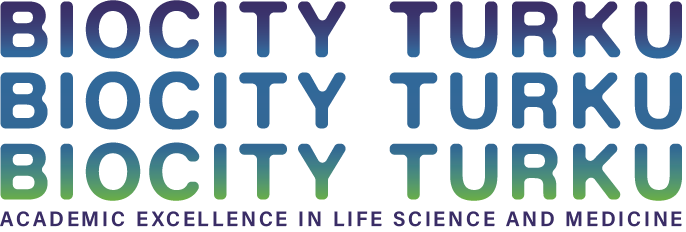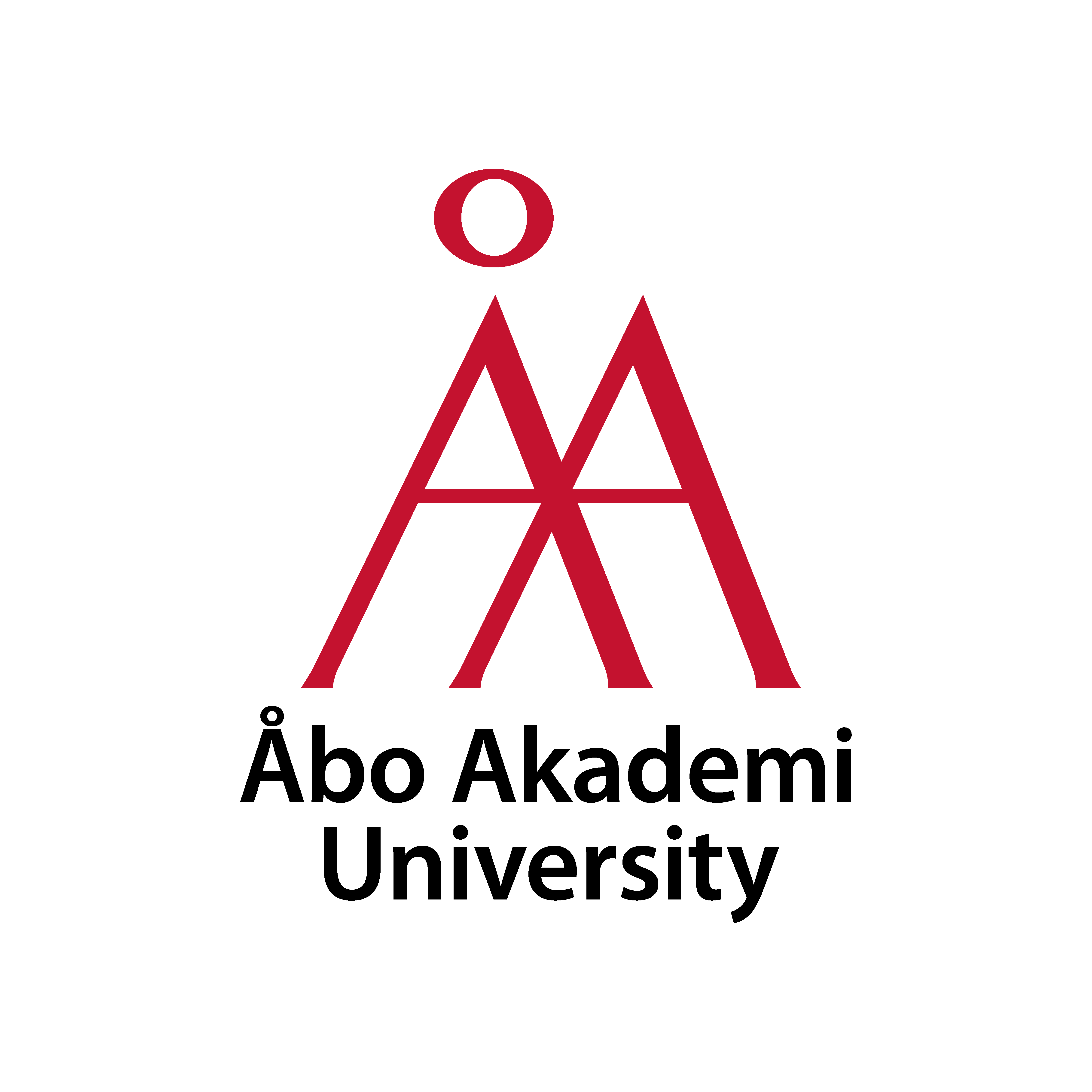Frontiers of Science: Mechanics and mechanisms of vascular tissue architecture and homeostasis
Prof. Cecilia Sahlgren, Subject of Cell Biology, Åbo Akademi University, Finland; Department of Biomedical Engineering; Eindhoven University of Technology, the Netherlands
Mechanics and mechanisms of vascular tissue architecture and homeostasis
Host: Jyrki Heino (jyheino@utu.fi)
Cecilia Sahlgren is a professor of cell biology and biomedical engineering at Åbo Akademi University and Eindhoven University of Technology. Her research focuses on the fundamental molecular mechanisms guiding cell fate and cell organization in stem cell differentiation, tissue formation and disease.
Cecilia obtained her PhD at Åbo Akademi University in 2003, focusing on intermediate filaments as signaling mediators. During her postdoctoral work at Karolinska Institutet (Stockholm, Sweden) 2005-2008, she studied the role of Notch signaling in hypoxia-related cancer cell characteristics. She then returned to Finland to establish the Cell Fate Lab at the Turku Centre for Biotechnology focusing on Notch in cancer and stem cell differentiation. Together with her collaborators, she also worked on developing nanoparticles to target Notch for cancer therapy and modulation of cell differentiation.
In 2013, she moved to the Eindhoven University of Technology (TU/e, the Netherlands), first as an assistant professor and subsequently full professor in Biomedical Engineering. At TU/e, her group has created technological platforms, such as organ-on-chip devices, to study cell fate decisions in the vasculature and in tumors, combined with computational modeling to predict Notch mechanosensitivity.
In 2016, she returned to Finland to become professor of cell biology at Åbo Akademi University. In 2017, she was awarded an ERC Consolidator Grant to investigate the interplay of mechanical forces and cell signaling in the vasculature and to clarify their effects on blood vessel architecture. Currently, her interdisciplinary research group combines cell biological techniques, bioengineering and mathematical modeling to understand the signaling mechanisms controlling cell fate in stem cell differentiation and disease in order to generate new strategies for regenerative medicine and cancer therapy.


